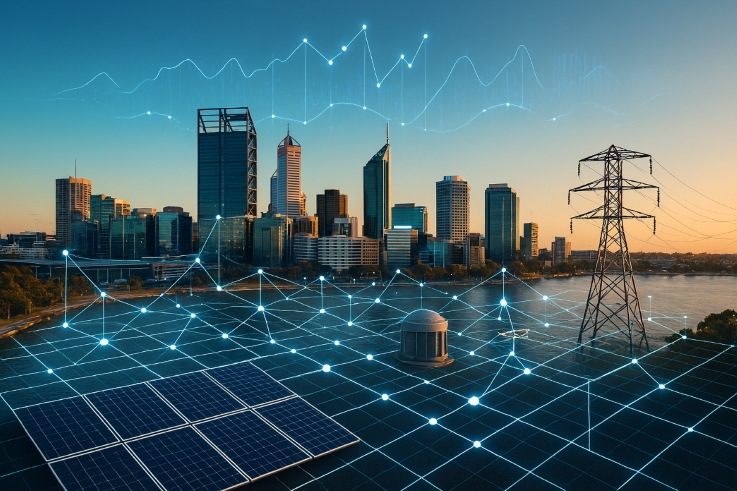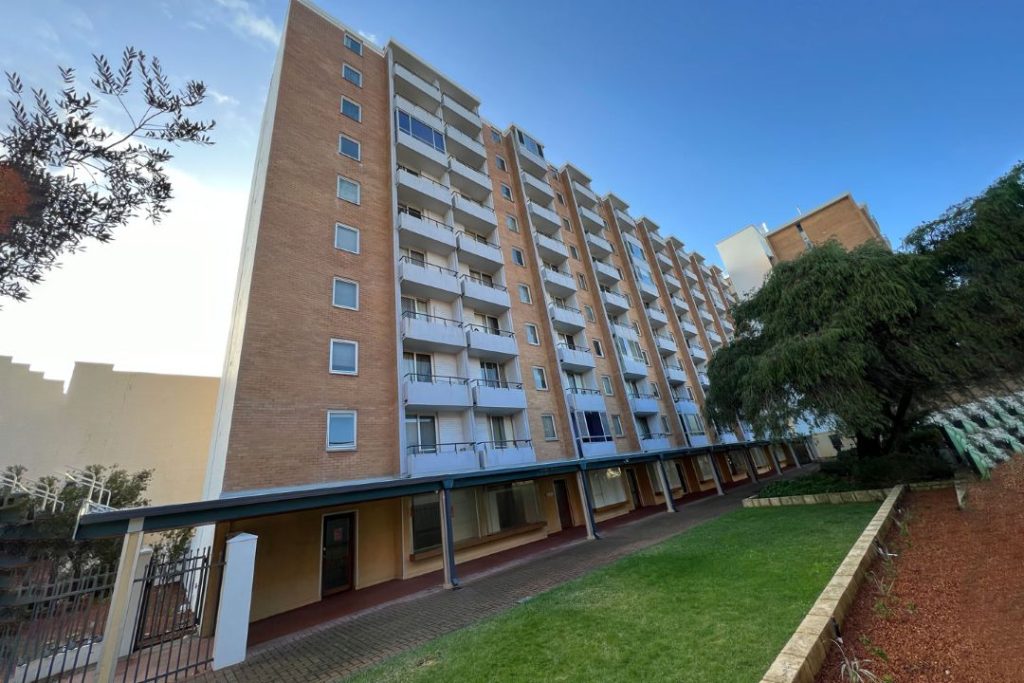EnergyTec News & Insights
Market Outlook: Embedded Networks in a shifting energy landscape

In today’s dynamic energy environment, small strategic decisions can have a significant impact on the long-term performance of an Embedded Network. Understanding the current market conditions is the first step toward unlocking the full potential of your embedded network.
What’s happening in the WA energy market?
Several key developments are shaping the landscape for embedded networks in Western Australia:
- Regulatory reform – The introduction of the Alternative Energy Services (AES) framework brings new oversight to embedded networks. The AES Code of Practice outlines clear obligations for Embedded Network Sellers (ENS), aiming to improve transparency and consumer protection.
- Stabilising energy costs – After sharp increases of 25–45% in 2023–24, energy prices have begun to stabilise, with forecasts suggesting a more moderate 3% annual increase moving forward.
- Rising electricity tariffs – Residential tariffs are expected to rise by 2.5% annually, but the impact is more pronounced for properties with commercial tenants. The R3 contestable tariff is forecasted to increase by 10.11% annually, whilst properties’ may choose to charge below this rate, it does provide more opportunity to recover costs that can be passed on.
Why is this happening?
WA’s energy system is under pressure from both current and future demand drivers:
- Electrification of industry – more sectors transitioning away from fossil fuels
- AI data centres – The rise of AI infrastructure is expected to significantly increase electricity consumption, with hyperscale data centres demanding constant, high-capacity power.
- Coal retirement – The planned phase-out of coal-fired generation is reducing supply capacity and increasing reliance on renewables.
- Renewable integration challenges – Regional renewable projects face transmission and grid stability issues, complicating energy distribution.
- Emerging green industries – Sectors like green steel are gaining traction, adding new layers of demand and complexity to the energy mix.
How to maximise the value from your embedded network
Embedded networks are uniquely positioned to respond to these challenges – minimising regulatory burden while enabling localised generation and smarter energy use. Here’s how to optimise performance:
- Review your electricity contract – Ensure your property is accessing the most competitive rates. Fee-for-service procurement models allow access to the full market, helping secure deals that best match your needs.
- Retain control of assets – Ownership of embedded network infrastructure and renewable assets ensures that any solar generation benefits flow directly to the strata, not third-party operators.
- Install Adequate Metering – Accurate and appropriate metering is essential for compliance, billing transparency, and data-driven decision-making. If you wish to apply a time of use tariff the meter installed must record interval data.
- Leverage data insights – Smart metering and analytics can uncover inefficiencies, forecast demand, and guide strategic decisions that improve energy performance and cost outcomes.
- Invest in solar & battery storage – On-site solar generation paired with battery energy storage allows properties to use electricity more efficiently and export excess to the grid – reducing reliance on purchased power.
As energy markets evolve, embedded networks offer a strategic advantage – if managed proactively. By staying informed and investing wisely, you can turn regulatory change and rising costs into opportunities for resilience, sustainability, and long-term value.




